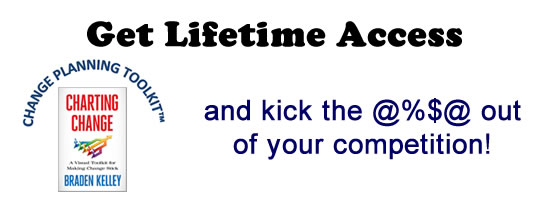The 4 V’s – How to Win at Health Innovation

Back in the day, during the Vietnam era, the suggested credo was “Declare victory and go home”.  Some sick care entrepreneurs have taken a similar approach by hyping digital health and process solutions that will create “Uberized, disruptive, cutting edge” change. Most are too early and wrong in declaring victory.
For sick care innovation to be truly transformative, innovators need to demonstrate 4 main things :
Their solution need to be validated and verified Many innovators confuse the two.  Here’s one explanation of the difference
The terms Verification and Validation are commonly used in software engineering to mean two different types of analysis. The usual definitions are:
- Validation: Are we building the right system?
- Verification: Are we building the system right?
In other words, validation is concerned with checking that the system will meet the customer’s actual needs, while verification is concerned with whether the system is well-engineered, error-free, and so on. Verification will help to determine whether the software is of high quality, but it will not ensure that the system is useful.
The distinction between the two terms is largely to do with the role of specifications. Validation is the process of checking whether the specification captures the customer’s needs, while verification is the process of checking that the software meets the specification.
In sickcare, since we are creating products and services that impact patients directly, you need to validate and verify your solution not just at the technical and commerical level, but at the clinical level as well. Sick care entrepreneurs , particularly non-sick care entrepreneurs , don’t do the latter due to cost, regulatory risk, delays in time to market or simple ignorance about how to design, execute, analyze and report human subject trials.
Something that creates a significant multiple of user defined value in relation to a competitive offering, the status quo or non-users. Here are 10 things physician entreprneurs need to know about value. Defining and comparing end user value is tricky and filled with wrong turns that make innovators believe they have reached their destination, when, in fact, they are lost. Innovation has both a qualitative and quantitative part. End users won’t switch to your product unless they perceive at least a 5x greater multiple of value. You should shoot for much higher multiples.
It needs to go viral. In other words, it needs to get traction, overcome the barriers to widespread adoption and penetration, be applicable to populations for the intended use and , ultimately, become the standard of care.
You need a VAST business model
1. Validity Regardless or which elements of your model you choose, they have to be valid. In other words, the dogs have to eat the food. When the dog won’t eat the food, you’ll have to change your approach and try again.
2. Automaticity At the very start of planning your venture, you should think about how you are going to work on your business, not in it. Reducing hands on time to manage operations will give you more time to lead the company and create strategies for growth and give you more personal time to enjoy the fruits of your success. Outsourcing, automating or using technologies to ramp up operations, sourcing and distribution is a key part of scaling, and something that investors want to see…which brings us to the next piece.
3. Scalability Your business model is primarily a way to create a business machine that can produce an infinite number of products. Think of it as a device that takes in customers and creates profits out the other end and can do so at quicker and quicker speeds.
4. Time and Traction Finally, your model need to create as much profit as quickly as possible with a growing customer base that is loyal to your brand.
You can tell meaningful, impactful sick care innovation when it is valid, verified, value creating , viral and that is driven by a VAST business model. Unfortunately, the bar is set too low for most ideas and innovators stop one mile short of the destination. Often, getting doctors and patients to change their behavior means having to give them a nudge without being a noodge.
Doctors can see through the fog of war and can tell when innovation champions are just declaring victory and going home.
Wait! Before you go…
Choose how you want the latest innovation content delivered to you:
- Daily — RSS Feed — Email — Twitter — Facebook — Linkedin Today
- Weekly — Email Newsletter — Free Magazine — Linkedin Group
 Arlen Meyers, MD, MBA is the President and CEO of the Society of Physician Entrepreneurs at www.sopenet.org
Arlen Meyers, MD, MBA is the President and CEO of the Society of Physician Entrepreneurs at www.sopenet.org
NEVER MISS ANOTHER NEWSLETTER!
LATEST BLOGS
Credit Card Shenanigans
It must be great to be in the credit card business in the United States. Demand is relatively inelastic and regulation is lax, so you can charge whatever you want for an interest rate, increase your fees once or twice a year, and make additional money off cash withdrawals and foreign exchange transactions.
Read MoreBuilding an Experience
As people become ever more immune to traditional advertising and marketing, branding will become more important. Branding is all about building an emotional connection with customers. Making the decision to follow a strategy focused on building a brand is not without peril, however, as it means that you will have to choose to not do certain things, like pursue a low price strategy.
Read More- « Previous
- 1
- …
- 4,132
- 4,133
- 4,134




